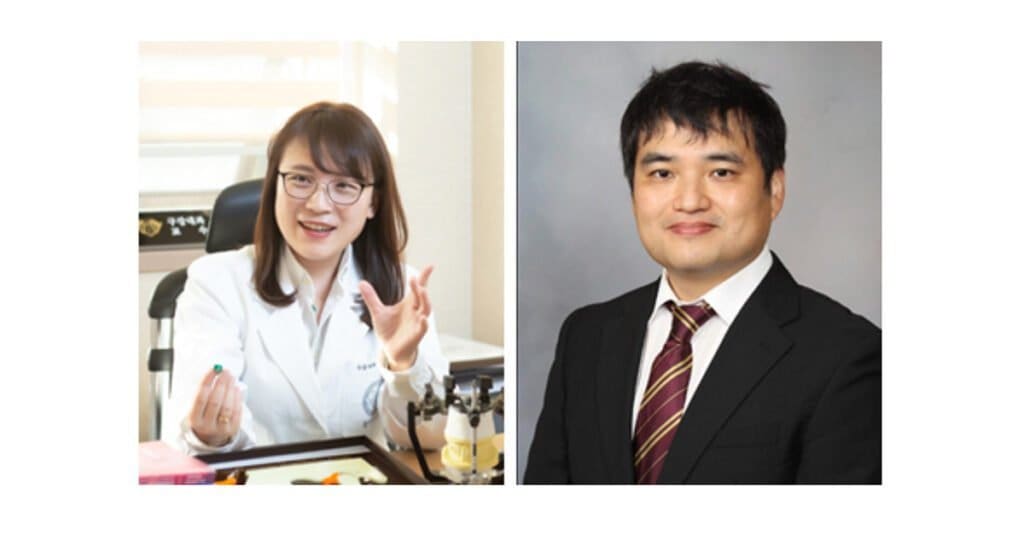A joint research team from Kyung Hee University College of Dentistry and Hanyang University College of Engineering has developed a technology that automatically diagnoses the anterior displacement of the articular disc in the MRI image of a patient with temporomandibular joint disorder.
Led by Prof Yeonhee Lee (Kyunghee University College of Dentistry) and Prof Noh Young-gyun (Hanyang University College of Engineering), the study was based on deep learning and convolution by combining dental clinical and artificial intelligence.

Having published their findings in the international journal Scientific Reports, the research team expects to introduce the technology to advance the field of diagnosing temporomandibular joint disorders, claiming it would significantly increase the accuracy of diagnosis.
In addition, the research team is involved with the study of estimating an individual’s age using panoramic radiographic imaging.
“We will continue to develop useful technologies through incorporating artificial intelligence into the dental field, including diagnosis and treatment of temporomandibular joint disorders, and age estimation,” said the team.
The studies were conducted with support from the National Research Foundation of Korea, Kyunghee University, and Hanyang University.
Introducing TWEeMAC
Kyung Hee University Dental Hospital recently signed a business agreement with Osteoid USA to develop Korea’s first AI 3D integrated dental analysis platform, known as TWEeMAC. Osteoid USA is a 3D rendering software developer.
The next-generation dental platform allows the digitization of oral information for patient diagnosis, based on big data accumulated for more than 50 years.
The collaborative development platform is said to accelerate the diagnosis of snoring, sleep apnoea, asymmetry, maxillofacial facial deformities, aesthetic diagnosis of bones and soft tissues, in-depth diagnosis of maxillary bone stenosis, and comprehensive diagnosis of teeth, bones, and soft tissues.
The organizations are also collaborating to secure and apply clinical data for the development of AI and cloud computing technology to advance the digital dental diagnostic and therapeutic market.
The information and viewpoints presented in the above news piece or article do not necessarily reflect the official stance or policy of Dental Resource Asia or the DRA Journal. While we strive to ensure the accuracy of our content, Dental Resource Asia (DRA) or DRA Journal cannot guarantee the constant correctness, comprehensiveness, or timeliness of all the information contained within this website or journal.
Please be aware that all product details, product specifications, and data on this website or journal may be modified without prior notice in order to enhance reliability, functionality, design, or for other reasons.
The content contributed by our bloggers or authors represents their personal opinions and is not intended to defame or discredit any religion, ethnic group, club, organisation, company, individual, or any entity or individual.

